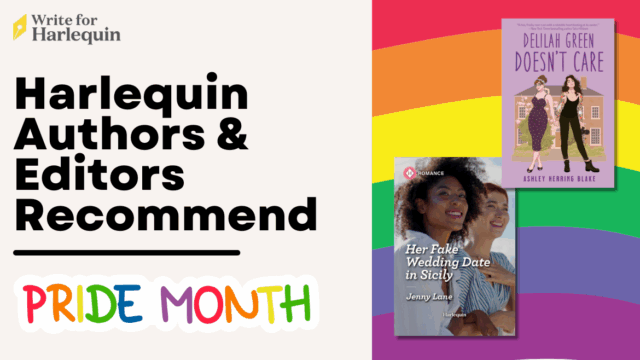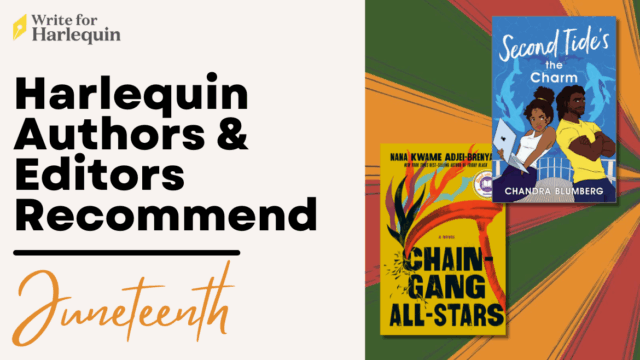
By Nicholas Arnold
With calls for Harlequin Romance and Harlequin Historical submissions over the summer, you may be gearing up to finally submit your manuscript. Getting a rejection after spending so much time polishing your work can be disheartening. “Human beings review your work and it is subjective,” says Patience Bloom, Senior Editor for Harlequin Romantic Suspense. “A pass doesn’t mean that you’re untalented or that you’ll never get published—just that this particular project isn’t right for us (or we’re not right for it).”
With that said, here are three ways you can polish your work to stand out from the plethora of daily submissions and catch the eye of an editor.
The “Saggy” Middle
Because so much time is spent on perfecting the first few chapters (the most commonly requested pieces of a manuscript), editors commonly see a drop off in pacing and quality in the pages that follow. As Patience says, “If your first chapter is riveting, but then the momentum slows down after a few chapters, we tend to stop reading.” This is commonly referred to as the “saggy middle,” the part where your story and pacing drops off due to too much time being spent on an enthralling first few pages. Learn more about the “saggy middle” in this video from our editors!
Review Your Work
It can be exciting when you see a call for submissions for a particular Harlequin line. “Now’s my chance,” you think. With that, you whip up the rest of your manuscript and send it off as quickly as possible. There is a chance an editor may overlook typos, strange formatting, pages that cut off in the middle of a paragraph and more. But why risk it? “Take the time to read and re-read your work. Self-editing is important!” says Patience.
Get to Know Harlequin Series
Perhaps one of the most common reasons a manuscript doesn’t stand out (or does for all the wrong reasons) is that it simply does not fit within any of the Harlequin series, or in some cases, Harlequin itself. It’s important to spend time getting to know Harlequin and its series before finishing your manuscript and targeting it to a specific line. “Many of us have turned down romances that we’ve loved because we knew they didn’t fit the series promise,” says Patience. Get to know Harlequin series here.
With so many manuscripts getting submitted on a daily basis, it’s important to try your best to stand out from the crowd. Not everything is within your control when it comes to catching an editor’s eye, but some things (like the points outlined above) are. And, as Patience says, “If you receive a rejection letter, the best thing you can do is write another book, and […] never ever give up writing.”




